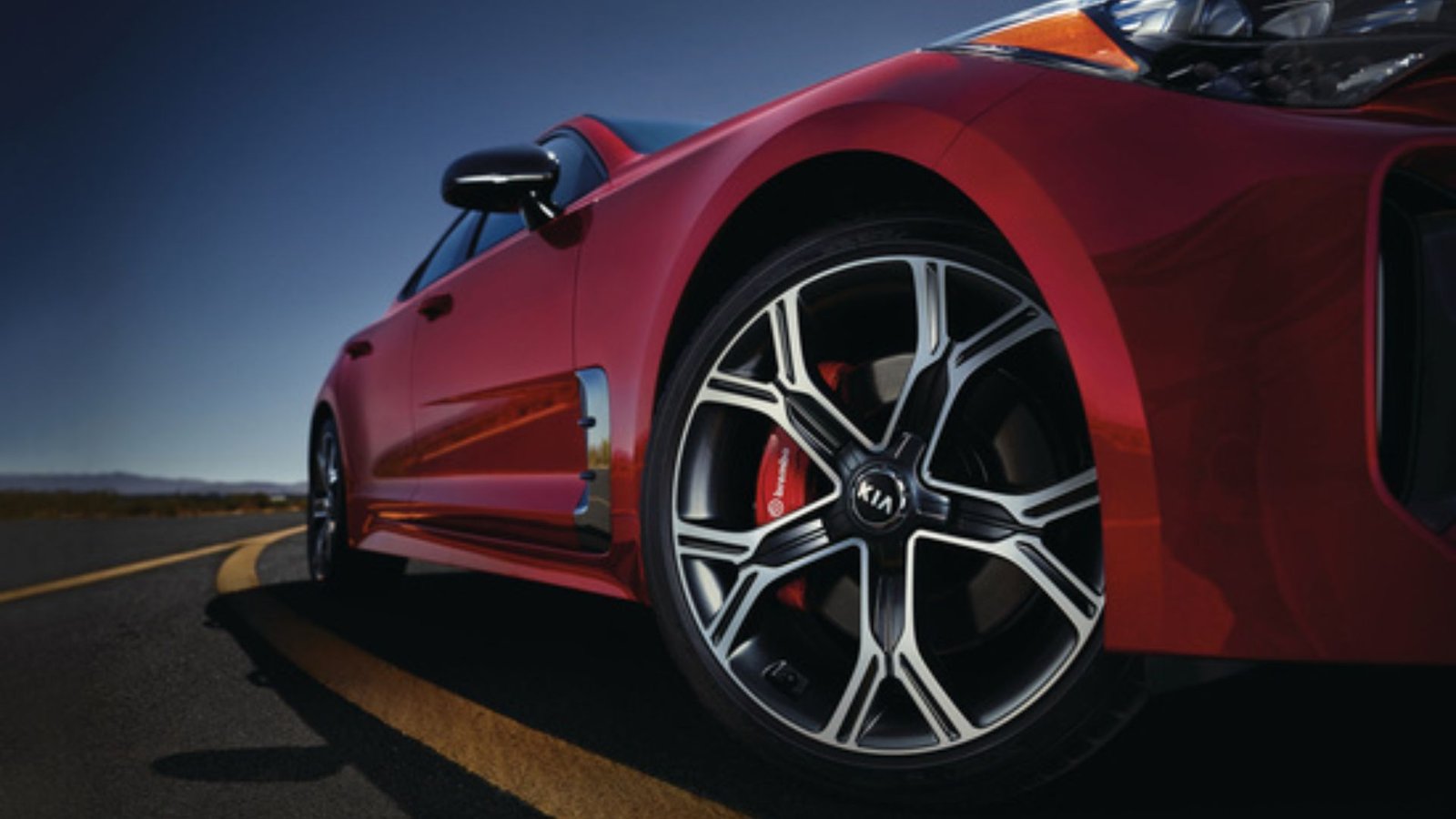Choosing the right brake pads is crucial for ensuring your vehicle’s safety and performance. With numerous options available, understanding the different types of brake pads and their benefits can help you make an informed decision. This guide explores various brake pad choices, highlighting their features, advantages, and considerations.

1. Ceramic Brake Pads
Ceramic brake pads are known for their quiet operation and long lifespan. Made from a blend of ceramic fibers, nonferrous filler materials, and bonding agents, these pads offer excellent performance. Ceramic brake pads produce less dust and handle high temperatures well, making them ideal for daily driving and light-duty vehicles.
2. Semi-Metallic Brake Pads
Semi-metallic brake pads consist of metal fibers combined with other materials. They provide superior stopping power and are highly durable. These pads perform well in extreme conditions, making them suitable for heavy-duty and performance vehicles. However, they can be noisier and produce more dust than ceramic pads.
3. Organic Brake Pads
Organic brake pads, also known as non-asbestos organic (NAO) pads, are made from a mix of fibers, resins, and fillers. They offer a softer and quieter braking experience. While they wear out faster than other types, they are gentle on rotors and ideal for drivers seeking a smooth and quiet ride.
4. Low-Metallic NAO Brake Pads
Low-metallic NAO brake pads contain a small amount of metal to enhance braking performance. They strike a balance between organic and semi-metallic pads, offering good stopping power and durability. These pads produce more noise and dust than organic pads but less than semi-metallic ones.
5. Performance Brake Pads
Performance brake pads are designed for high-performance and racing applications. Made from advanced materials, they offer exceptional stopping power and heat resistance. These pads perform well under extreme conditions but may be noisy and produce significant dust. They are best suited for enthusiasts and competitive drivers.
6. Cost Considerations
When choosing brake pads, cost is an important factor. Ceramic and performance pads tend to be more expensive than organic and semi-metallic options. While investing in high-quality brake pads can enhance performance and longevity, balancing cost with your driving needs is essential.
7. Driving Conditions
Your driving conditions should influence your brake pad choice. For instance, daily commuting and city driving may benefit from ceramic or organic pads due to their quiet operation and smooth performance. In contrast, semi-metallic or performance pads are better suited for aggressive driving and heavy-duty applications.
8. Environmental Impact
Considering the environmental impact of brake pads is increasingly important. Organic and ceramic brake pads typically produce less harmful dust and emissions compared to semi-metallic options. Choosing eco-friendly pads can reduce your vehicle’s environmental footprint and contribute to cleaner air quality.
9. Installation and Compatibility
Ensuring that brake pads are compatible with your vehicle is crucial. Many manufacturers provide detailed compatibility information, helping you choose the right pads for your specific make and model. Professional installation can ensure optimal performance and safety, especially for high-performance or specialty pads.
10. Conclusion
Selecting the right brake pads involves considering factors such as material, cost, driving conditions, and environmental impact. Ceramic, semi-metallic, organic, and performance pads each offer unique advantages. By understanding these options, you can choose the best brake pads to suit your needs and ensure your vehicle’s safety and performance.




